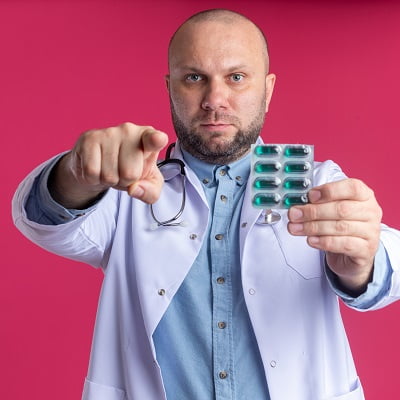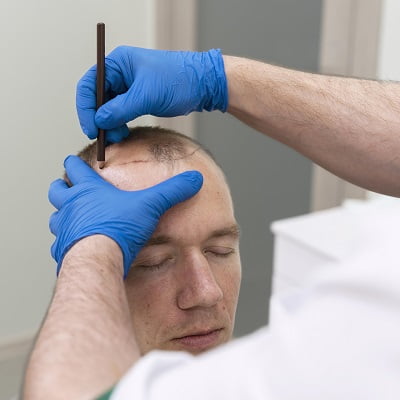
Have you considered the ongoing problem of crown baldness and wondered if there’s a long-term solution? What if there was a miraculous way to reverse the effects of your receding hairline and thinning crown? Discover the realm of Crown Hair Transplant in Islamabad, where restoration and innovation collide. Is this the secret to getting your self-confidence back and getting a fuller, more colourful crown again? Learn More about whether it is true that crown hair transplants grow slower or not.
Crown Hair Transplant!
It is sometimes referred to as a crown restoration and is a specialist hair transplant technique used to treat thinning or balding in the scalp’s crown region. People frequently have hair loss in the crown, which is the upper back region of the head, as a result of ageing, genetics, or other causes.
To encourage the growth of new hair, hair follicles from a donor area, typically the back or sides of the head—are carefully placed into the crown region during a transplant. This surgical method gives patients a long-lasting answer to their aesthetic difficulties by improving density and restoring a fuller, more natural aspect.
Ideal Candidates:
Localised Crown Hair Loss: Good candidates are those with noticeable thinning or localised baldness in the crown area. Instead of causing thinning to spread throughout the entire scalp, a crown hair transplant is intended to treat individual areas of hair loss.
Good Donor Hair Availability: A sufficient number of healthy hair follicles for transplanting is necessary for a successful crown hair transplant. The back or sides of the head are frequently used to harvest enough donor hair for ideal applicants.
Stable Hair Loss Pattern: It is better for candidates whose hair loss pattern is stable. This indicates that the rate of hair loss has slowed down, and the transplant should produce a consistent and long-lasting outcome.
Benefits:
- For those with concentrated baldness or thinning in the crown area, a crown hair transplant focuses just on this area, offering a targeted and efficient therapy.
- The goal of the operation is to match the natural growth pattern and density of surrounding hair by carefully transplanting hair follicles from a donor location to the crown.
- A crown hair transplant can permanently address hair loss in the treated area. A lasting improvement is provided by the transplanted hair follicles, which are usually resistant to the conditions causing genetic hair loss.
- The rebuilt crown improves symmetry and overall appearance, giving the face a more youthful, well-balanced look. Positive effects on confidence and self-worth may result from this.
Is it true that crown hair transplants grow slower or not?
In most cases, the growth rate of transplanted hair in a crown hair transplant is similar to the pace at which hair naturally grows. The transplanted hair follicles go through a healing phase following the treatment before beginning to actively grow new hair. The subsequent hair growth follows a natural cycle, consisting of the phases of anagen (active growth), catagen (transitional phase), and telogen (resting phase), but the first growth may take a few weeks to several months. It’s important to remember that personal factors might affect how quickly hair grows, including genetics, general health, and post-operative care. People sometimes experience reduced growth at first, but this is frequently a transient state. The growth rate of the transplanted hair usually equalises with that of the surrounding natural hair as it becomes established.
Book Your Treatment Now!
When you’re prepared to proceed, we kindly ask that you schedule a consultation with our skilled and devoted team at Royal Cosmetic Surgery Islamabad. to learn more about whether Is it true that crown hair transplants grow slower or not.











Book Appointment